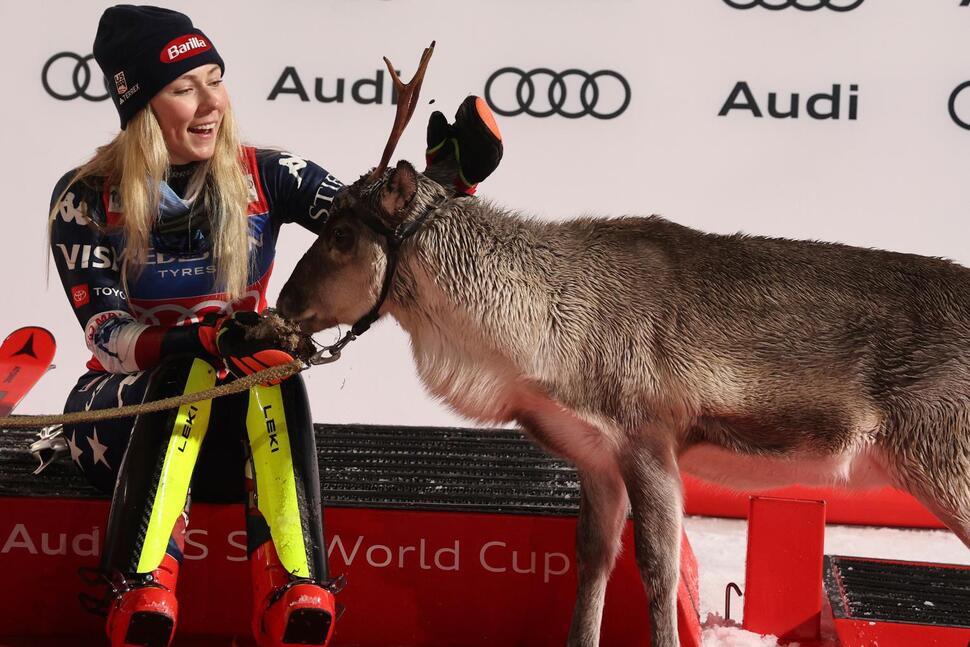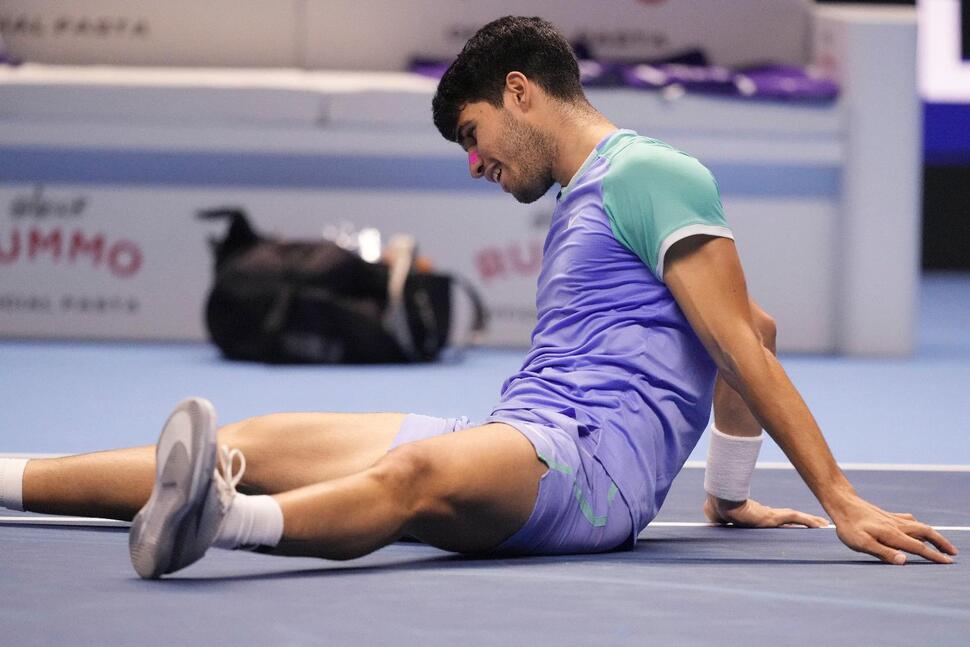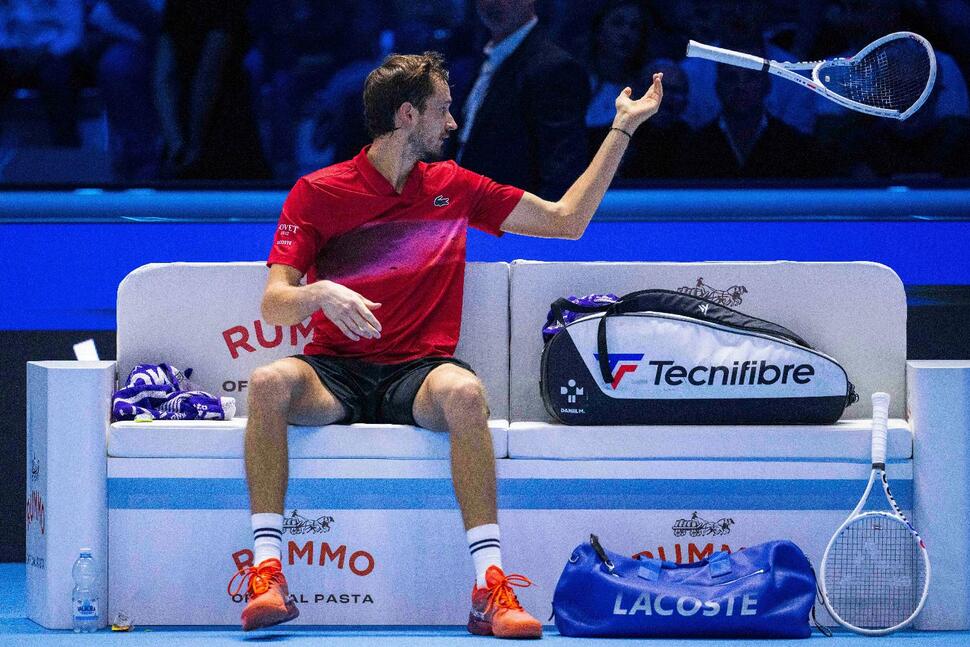The Astros began their rebuilding efforts in 2012. Between a poor roster, debt, and a fan base that had lost interest, the Astros front office had a steep climb ahead of them. Large contracts were weighing the team down, and young talent hadn’t been developing like the Astros had intended. This caused a roster that was laden with underperforming talent. Then in 2015, the young talent they had accumulated started reaching the major league level. Jose Altuve had his breakout year in 2014, Correa had arrived and Springer was starting to develop nicely.
1st Story: How does Carlos Correa follow up his sophomore year?
Correa was a top draft pick, and made quite the impact in the 99 games he played as a rookie. With a slash line of .279/.345/.512, he had a very successful rookie year. His follow-up was nearly the same, with a slash line of .274/.361/.451. He was able to improve his OBP, while his slugging percentage decreased.
The deeper stats tell a different story, of a player who’s learning how to hit at the major league level. Between his rookie year and his sophomore year, his soft hit percentage decreased by 4 percentage points. Conversely, his hard hit percentage rose almost 5 points.
In his addition, his defensive WAR increased 5 points. This is an incredibly good jump, and help increased his overall WAR 1.6 points. He definitely made strides defensively, and projects to increase it as well.
Correa was very offensively polished when he came up to the Majors, and after making a defensive improvement in 2016, he’s primed to have a true breakout 2017.
2nd Story: How will the tweaked lineup help?
In 2016, the Astros were a middle of the road team offensively. They ranked 15th in runs scored, 19th in OBP, but were 24th in Avg. Conversely to this lower average, they ranked 8th in hard hit percentage. So how did they try to address these issues?
They went out and signed both Brian McCann and Carlos Beltran, both of whom provide an upgrade to their respective positions. In addition, they let Colby Rasmus go, a bat in their lineup that at times was very useful, but most of the time harmful, netting a -11.9 Offensive WAR. The outfield lineup of Aoki, Springer, and Reddick should be improved. The addition of a full year of Alex Bregman and Yulieski Gurriel should improve their stats. McCann has never quite lived up to some of the promise he showed early on in his career, but he’s still been able to get on base at a respectable clip. Beltran, a career .281 hitter, had a resurgent year in 2016 and had a slash line of .295/.337/.513. With 29 HR and 73 RBI’s, assuming he brings the same type of player to the Astros, he’ll bring an improvement to the DH position, as well as provide the occasional left field start.
All in all, the Astros removed a few players and added two more that should provide veteran leadership in the lineup, and should be better improved offensively. They’re likely to make a good run at the AL West crown.
3rd Story: Is the rotation good enough to support a playoff run?
Dallas Keuchel and Lance McCullers Jr are charged with carrying this rotation throughout the season. Collin McHugh is out for the beginning of the season, and will likely take the first half to really return to form in the rotation. This leaves Charlie Morton, Joe Musgrove, and Mike Fiers to pick up the slack. Outside of Mike Fiers no-hitter in 2015, he’s been an average pitcher. Morton hasn’t had a season with 20 starts and an ERA below 3.50. Joe Musgrove, being a young pitcher, is likely due to improve over his performance last season. However, Musgrove will have to improve both is BABIP, or batting average on balls in play, and HR/FB, or home runs per fly ball. Both of which are hurting his chances for reducing his ERA to a more respectable level. To date, Musgrove has reduced his BABIP and is reaping some benefits from that.
Time will ultimately tell whether this rotation will be able to support the offense by keeping runs off the board. On paper, it doesn’t look likely.




